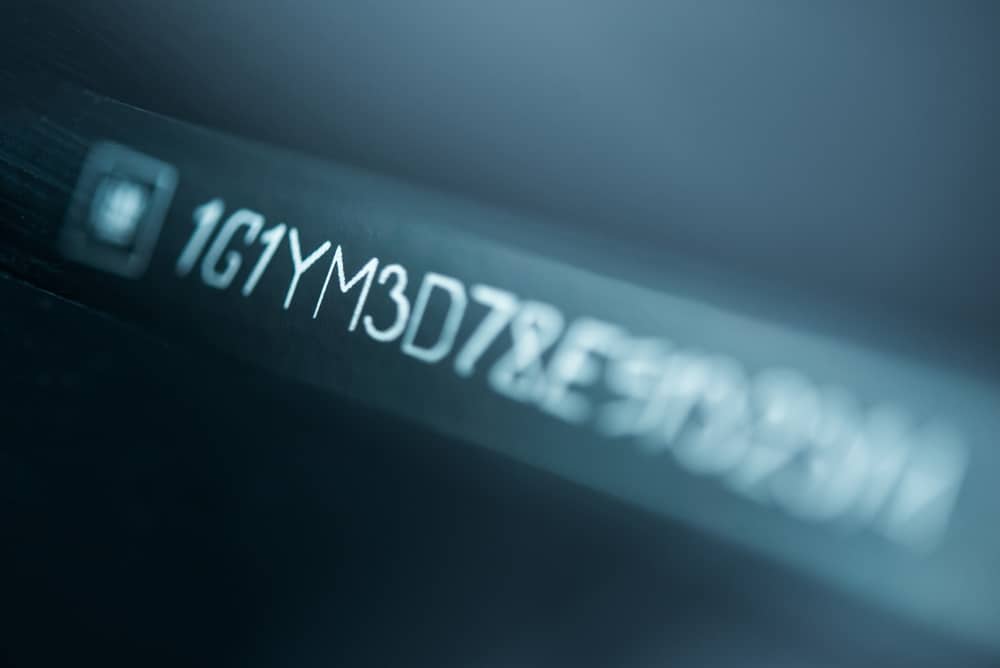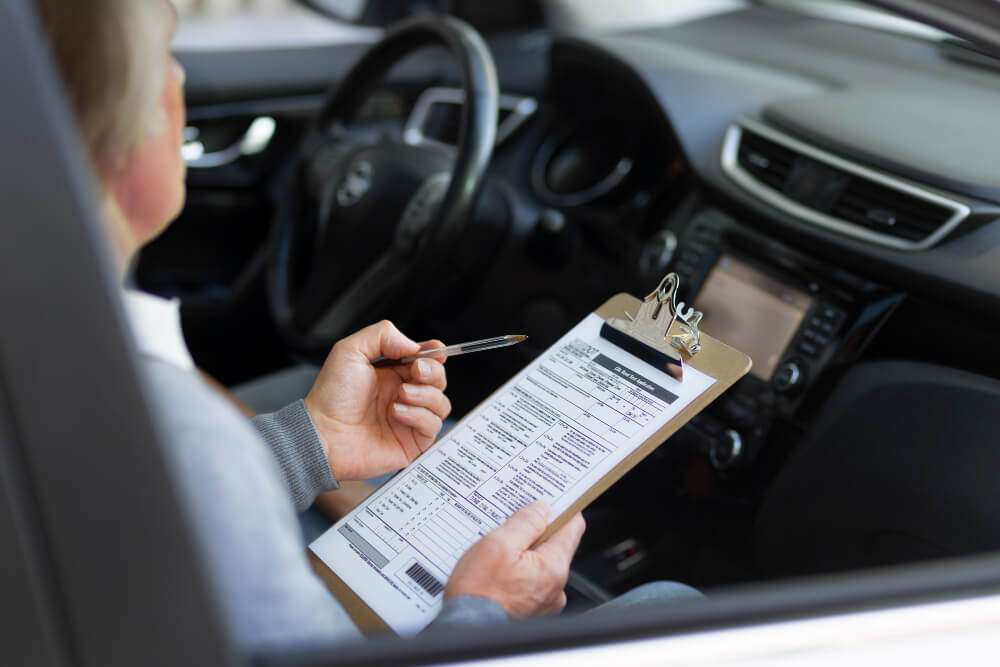What is a VIN?
A vehicle identification number (VIN) is given to a vehicle by the vehicle manufacturer. One must remember that while international standards differ, the format for VINs will always be 17 characters. Additionally, you should be aware that there wasn’t a single standard before 1981. This means that different manufacturers used different VIN formats. The Vehicle Identification Number is like a fingerprint of the vehicle through which one can find any information about a vehicle. Each vehicle has a special identity that you can use to locate the VIN. By using VIN, we are also able to locate a vehicle.
Why is VIN important to the vehicle?
The VIN of a vehicle is very important to a prospective buyer because it allows you to access data about a pre-owned vehicle that may change your choice.
It is only due to the uniqueness of the VIN that we can find each vehicle different from the other. The first digit identifies the factory where the vehicle was made. The second and third digits reveal the manufacturer. Information regarding the vehicle’s manufacturer, engine type, engine size, and fuel type is displayed between numbers four and eight. The tenth and eleventh digits stand for the manufacturing year and the manufacturing site. The ninth digit is a security code that the manufacturer supplies. The last six numbers serve as your vehicle’s unique identification number.
You can get a vehicle history report by using the VIN system, which will provide the following information:
- Past total loss accidents
- Frame and structural harm
- Accident warning signs, such as airbag deployments
- Advice on maintenance and repairs
- Use of vehicles
- Information on recall
Since each VIN is totally different, you can use it to find your vehicle if needed. After purchasing a new vehicle, you can verify its authenticity using the VIN. By comparing it to the VIN, you may determine if its engine is original or used up.
How to check vin number?
If you want to check the real identity of your vehicle, VIN can help you. With the help of your VIN, you can check if the vehicle is secondhand or brand-new. The automobile manufacturers save the database, which already stores these numbers. Many registration organisations are doing it as well. It helps them to identify it accurately. It is usually done to validate a vehicle by just entering the number.
Where is the VIN number on a car?
Check the front of the car frame.
Examine the engine compartment by opening the hood. You can often find the VIN close to the firewall or strut tower. Different models may have different places. Look in the passenger footwell and trunk if you can’t find the VIN in the engine compartment.
Check the tires
The spare tyre, typically in the trunk, will occasionally have the VIN underneath it.
Check Driver side door jamb.
After opening the door, you will see the doorjamb where the mirror is after closing the doors. You can find the VIN there.
Get it checked through the dealership or manufacturer.
If you can find the VIN nowhere, you can ask your dealership. Ask them to help you find the VIN by providing them with information about the model of the Vehicle.
Check the front of the engine block.
Check the engine’s front by opening the hood. Few manufacturers attach body plates with the VIN or sometimes a little part of the VIN. You can fasten the plate to the engine’s compartment’s wall to find the VIN easily.
Check your insurance card.
We can also find the VIN on the car’s insurance card, if it already has insurance. You just have to find the card, and all of your insurance information will be published as well as VIN. It is important for the vehicle’s insurance assessment. Your vehicle must have insurance, which you must purchase when you are buying it from the store. After you get your paperwork and insurance, you’ll get a single document with all the information about your car on it. You may access it both online and offline, as it provides all the information you require.
Summing Up
With the help of these methods, you may be sure to become an expert and understand exactly what your vehicle identification number (VIN) is the next time you peek at it, not to mention where to look for it. Awareness of your VIN and its benefits is helpful to every vehicle owner.




